Today (February 5), the National Assembly delegation led by Mr. Nguyen Minh Son, Deputy Chairman of the National Assembly's Economic Committee, met with localities about the Lao Cai - Hanoi - Hai Phong railway construction investment project.
Need to invest soon to connect internationally, reduce logistics costs
Mr. Nguyen Minh Son said that on February 4 and 5, 2025, the Economic Committee presided over and coordinated with the Ethnic Council and the National Assembly Committees to conduct field surveys in localities to serve the work of reporting on the appraisal of the Lao Cai - Hanoi - Hai Phong railway construction investment project. If qualified, it will be presented at the extraordinary session of the National Assembly from February 12, 2025.
Through surveys and local opinions, delegates all agreed on the need to invest in projects to concretize the Politburo's policies, Resolutions, and Conclusions and implement plans, strengthen regional connectivity, growth poles, spillover, open up new development spaces, and meet the needs of socio-economic development associated with national defense and security.
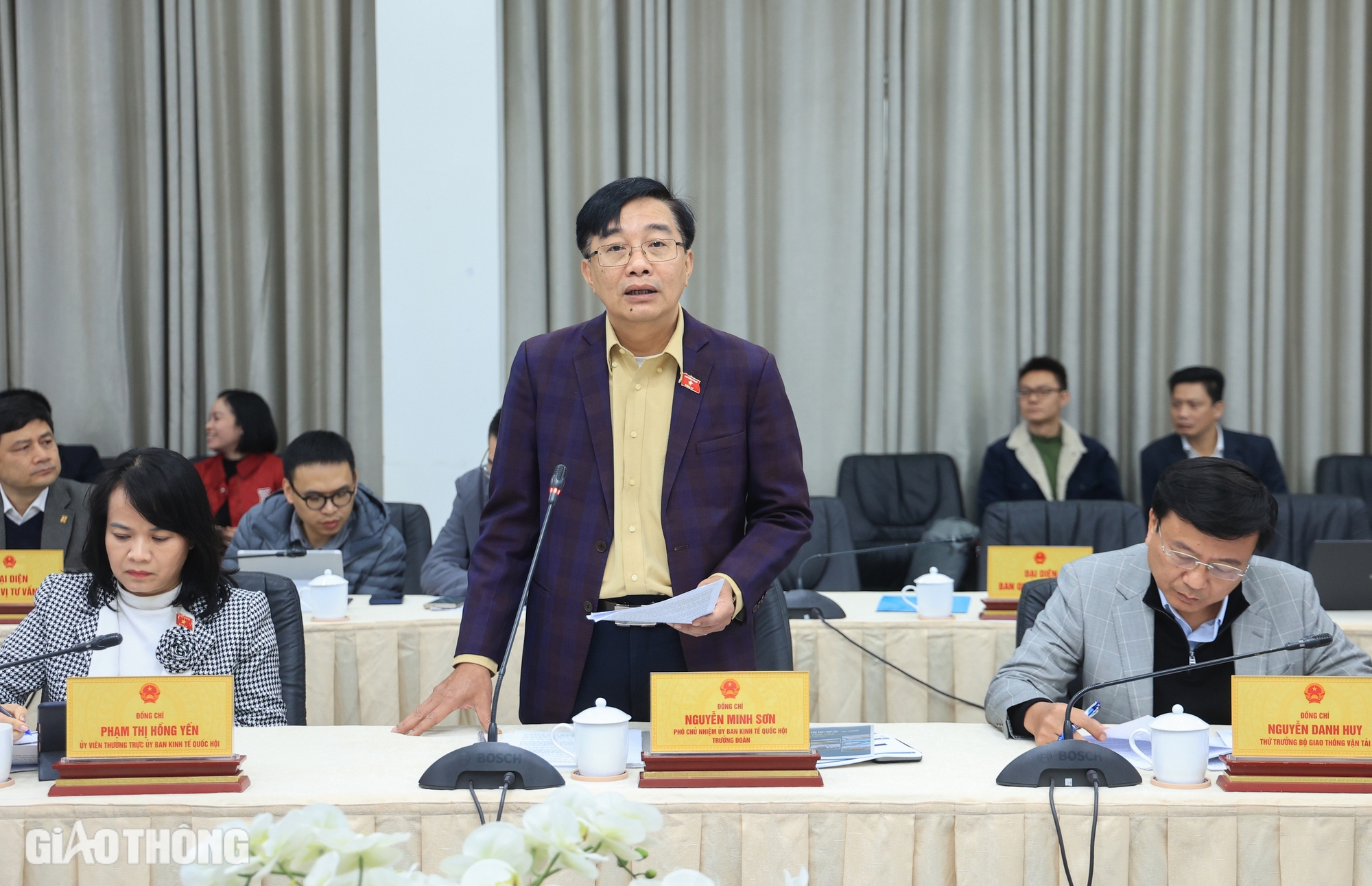
Mr. Nguyen Minh Son, Deputy Chairman of the National Assembly's Economic Committee, emphasized the need to immediately carry out procedures to be able to present to the National Assembly at the extraordinary session in February 2025, thereby implementing the project to meet the goal of being able to start construction by the end of 2025 (Photo: Ta Hai).
In addition, the Hanoi - Hai Phong economic corridor is part of the Two Corridors - One Belt strategic economic initiative between Vietnam and China and the Belt and Road Initiative within the framework of the China - ASEAN Free Trade Cooperation Framework.
In recent times, the leaders of the two Parties and States of Vietnam and China have paid great attention to promoting and developing the project, as demonstrated through the Declarations, Agreements, and Memorandums of Understanding between the two sides. Therefore, the implementation of the project is an important political task, both urgent and strategic, requiring great determination to initiate, complete, and put into operation.
The Politburo has approved the Project Investment Policy. The Prime Minister has set a target of starting construction by the end of 2025. The progress is very urgent, and it is necessary to urgently complete the procedures for approving the investment policy.
"The Economic Committee and the National Assembly Committees will closely coordinate with the Ministry of Transport and relevant agencies to continue to research and receive opinions to have an official review opinion on the Project. In which, we will specifically assess the necessity, political basis, legal basis as well as consider the necessity of investment, and at the same time assess the economic, social, defense and security impacts; assess the mechanisms and policies to mobilize resources for project investment; assess the feasibility, economic indicators, investment plans, technology, etc.
Regarding the recommendations of localities, they are suitable to practical needs, creating space and room for development for localities; however, localities need to have written recommendations to have a basis for implementing the next steps, achieving project effectiveness, especially proposing a mechanism for project implementation, because it is related to many contents: Planning, planning adjustment, creating livelihoods for people affected by site clearance, the issue of exploiting land funds in the vicinity of the station... All must be carried out soon to ensure progress", the Deputy Chairman of the Economic Committee emphasized.
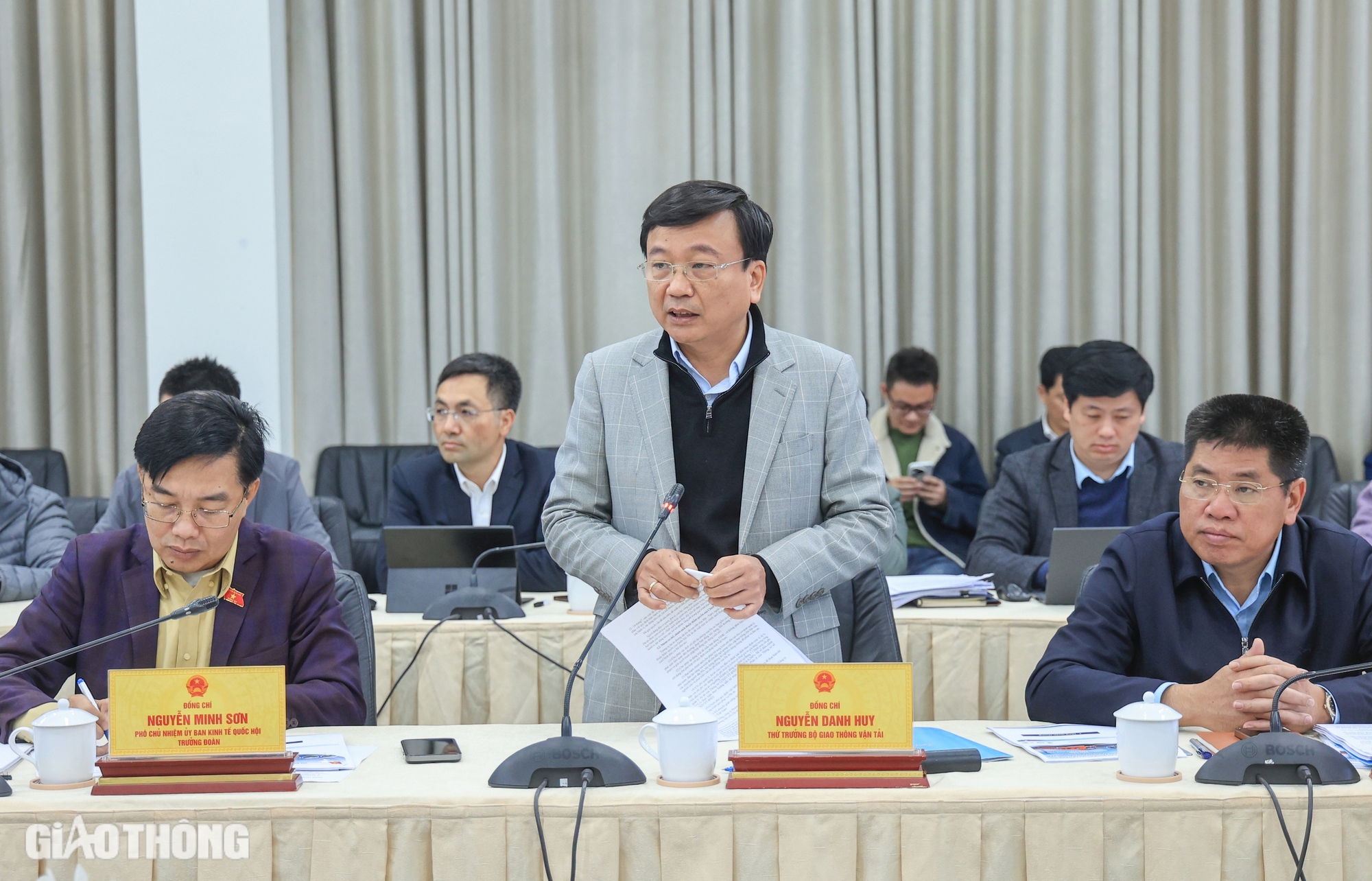
Deputy Minister of Transport Nguyen Danh Huy emphasized the need to invest in the project (Photo: Ta Hai).
Emphasizing the need to invest in the project, Deputy Minister of Transport Nguyen Danh Huy said that the early investment and completion of this strategic railway line is to realize the policies and orientations of the Party, the Resolutions and Conclusions of the Politburo and to implement related plans.
The invested railway will also help realize strategic cooperation agreements and enhance international connectivity. The existing 1,000mm gauge railway was built during the French colonial period, while the railways of other countries serving international intermodal trains are 1,435mm gauge.
After the construction of the new route, import and export goods can be transported by intermodal train all the way to Europe, reducing transportation and logistics costs.
Regarding transportation needs, according to Deputy Minister Huy, there are currently 3 modes of transportation on this route: Road, railway, inland waterway. However, according to forecasts, even though the capacity of the existing road, waterway, and railway of 1,000mm has been fully exploited, by 2040 it will not be able to meet transportation needs, especially freight transport.
Therefore, it is necessary to build a new mode of transport, the 1,435mm gauge railway, because it is cheaper, safer, requires less land and is environmentally friendly. Investing in a new route also creates a construction market, thereby affecting economic growth.
"The 1,435mm gauge, electrified railway is a sustainable, modern, and friendly mode of transport, contributing to reducing traffic accidents, environmental pollution, responding to climate change, and ensuring national defense and security," Deputy Minister Huy emphasized.
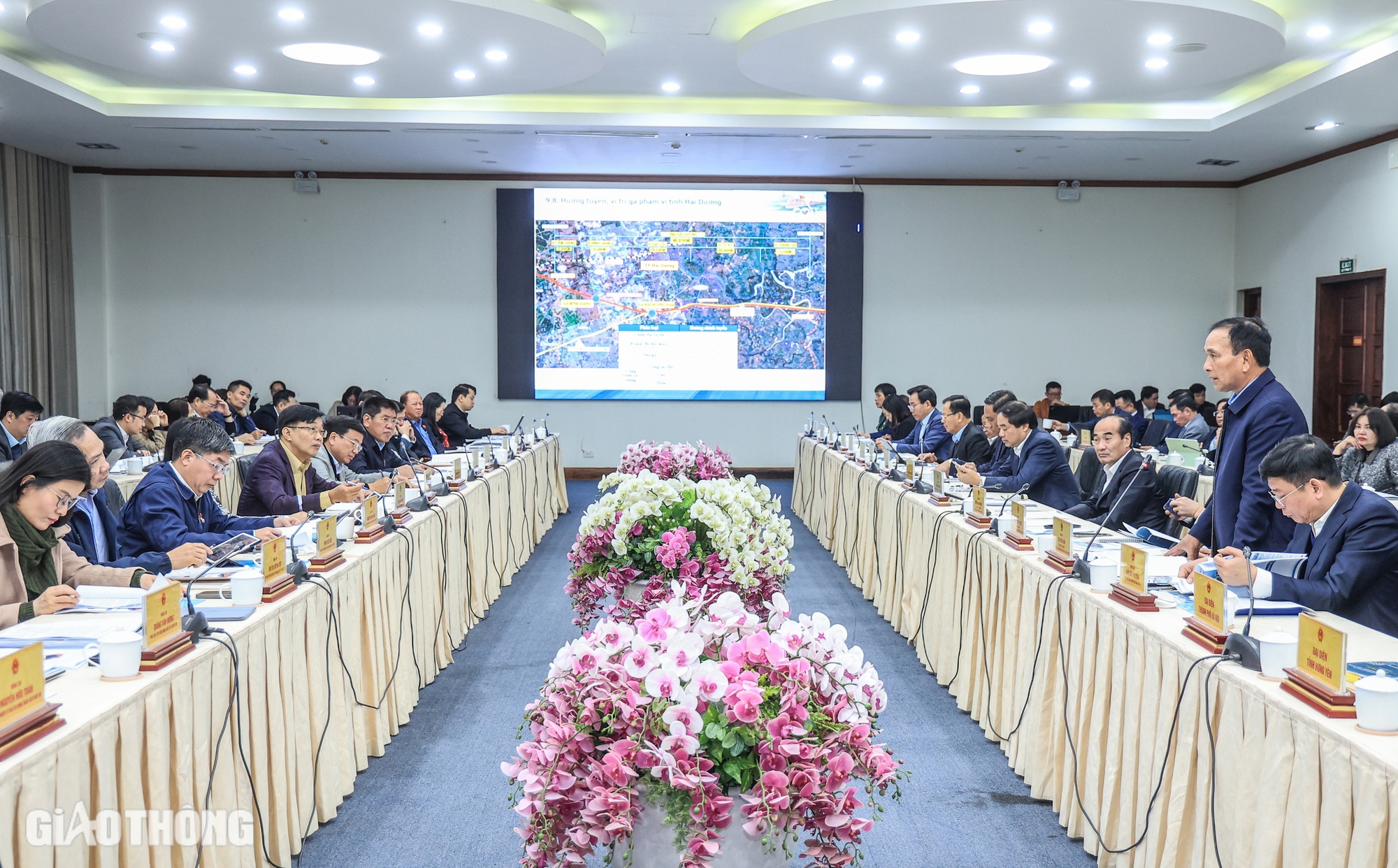
Meeting scene (Photo: Ta Hai).
At the meeting, local leaders and delegates expressed their excitement and high consensus on the project investment. However, there needs to be specific mechanisms and policies to promote implementation, ensure the progress of the plan, especially to be able to start construction at the end of 2025 such as: Procedures, processes of site clearance, resettlement, capital arrangement, construction material supply... Some localities proposed to invest in completing other railway projects to ensure synchronization and promote the efficiency of network exploitation.
Mr. Nguyen Van Tung, Chairman of Hai Phong City People's Committee, affirmed that Hai Phong highly agrees on the need to invest in this railway line soon, Hai Phong will contribute resources to implement the project. In particular, Hai Phong will carry out site clearance in the city with a capital requirement of about 6,000 billion. Hai Phong will also invest in the railway branch from Nam Hai Phong station to Nam Do Son station, more than 12km long, capital requirement of 4,200 billion, however, it is proposed to include this line in the project for investment.
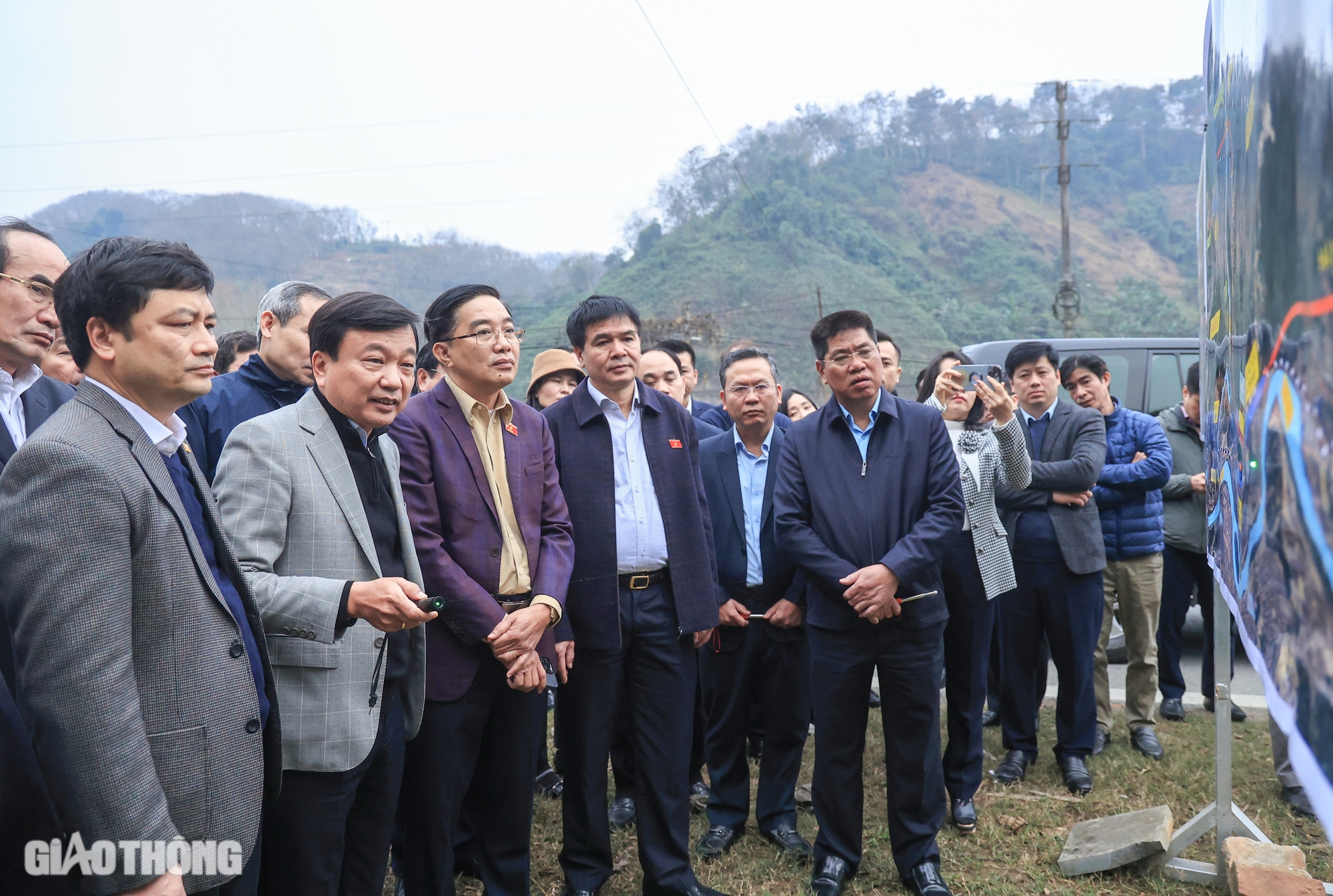
Deputy Minister Nguyen Danh Huy clarified information about rail connection with Chinese railway (Photo: Ta Hai).
Rail connection, facilitating international intermodal transport
Previously, the National Assembly survey team surveyed the rail connection locations and Lao Cai station under the Project. Mr. Vu Hong Phuong, Director of the Railway Project Management Board, said that according to the pre-feasibility study report, the new Lao Cai station (gauge 1,435m, 12 tracks) is located to the Southeast, about 1.6km from the current station; The customs control and border inspection area is located to the North of the current station area, forming a synchronous station area. Lao Cai station has the function of forming trains, organizing passenger trains, and freight trains.
Regarding the Vietnam-China railway connection and from China to Europe, Mr. Phuong said that the two sides are currently connecting the 1,000mm gauge railway between Lao Cai station and Hekou Bei station. From Hekou Bei station, the Chinese railway network only has a 1,435mm gauge railway, there is no longer a 1,000mm gauge railway, so 1,000mm gauge trains from Vietnam are forced to stop at this station. Also from Hekou Bei station, goods can be transported by train in the direction of Kunming - Xinjiang - Kazakhstan - Europe.
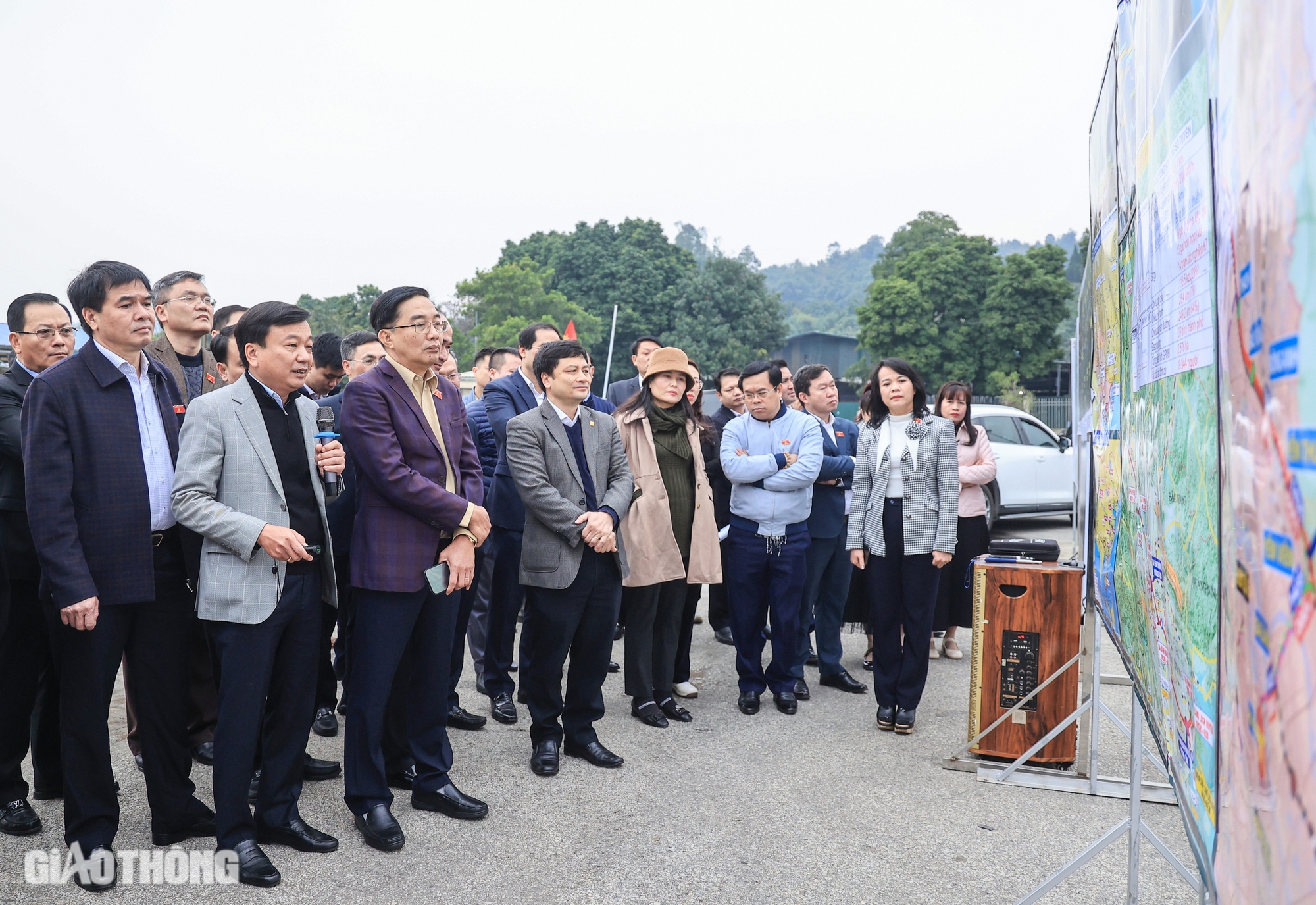
Survey team at the proposed location of Lao Cai station to build 1,435mm gauge trains (Photo: Ta Hai).
Therefore, in order for 1,435mm gauge railway trains to run from Vietnam railways directly to Hekou Bei station, deep into China's interior as well as transit China to Europe and vice versa, the Chinese side has agreed with Vietnam's Lao Cai - Hanoi - Hai Phong railway project that the Chinese railway side will build a 1,435mm gauge railway to the rail junction at the border.
According to research, the rail connection point is on the new Ho Kieu bridge. After the connection, international freight trains can travel between the two countries' railways conveniently, and Vietnamese exports can also go by train through China and transit to Europe.
Highly agreeing with the plan in the Pre-Feasibility Study Report, Mr. Tran Xuan Truong, Chairman of Lao Cai Provincial People's Committee, said that after about 10 years of waiting and many negotiations, the Lao Cai - Hanoi - Hai Phong railway project and the issue of unifying the rail connection have achieved positive progress; the project, once completed, will greatly facilitate trade between the two sides.
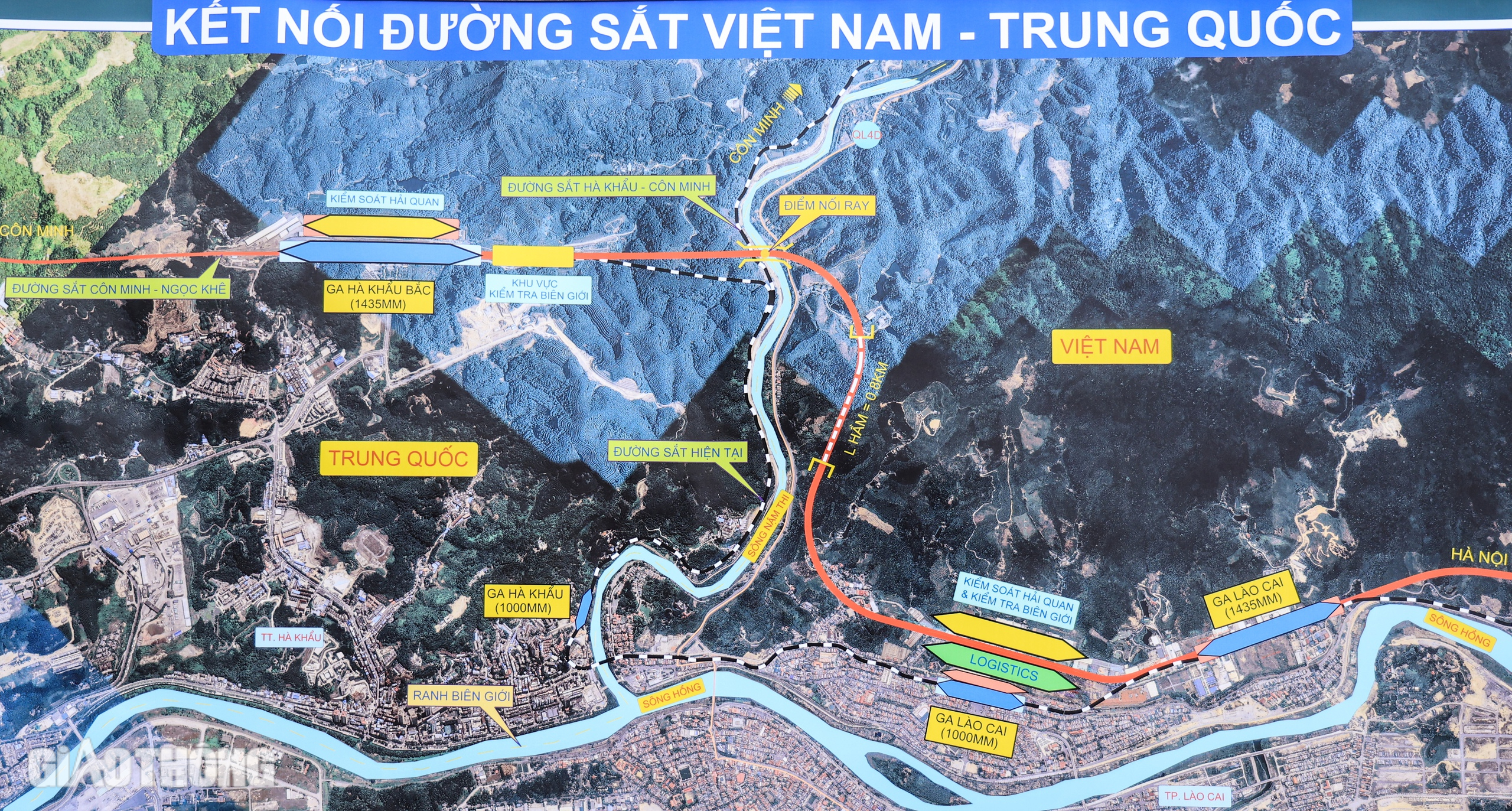
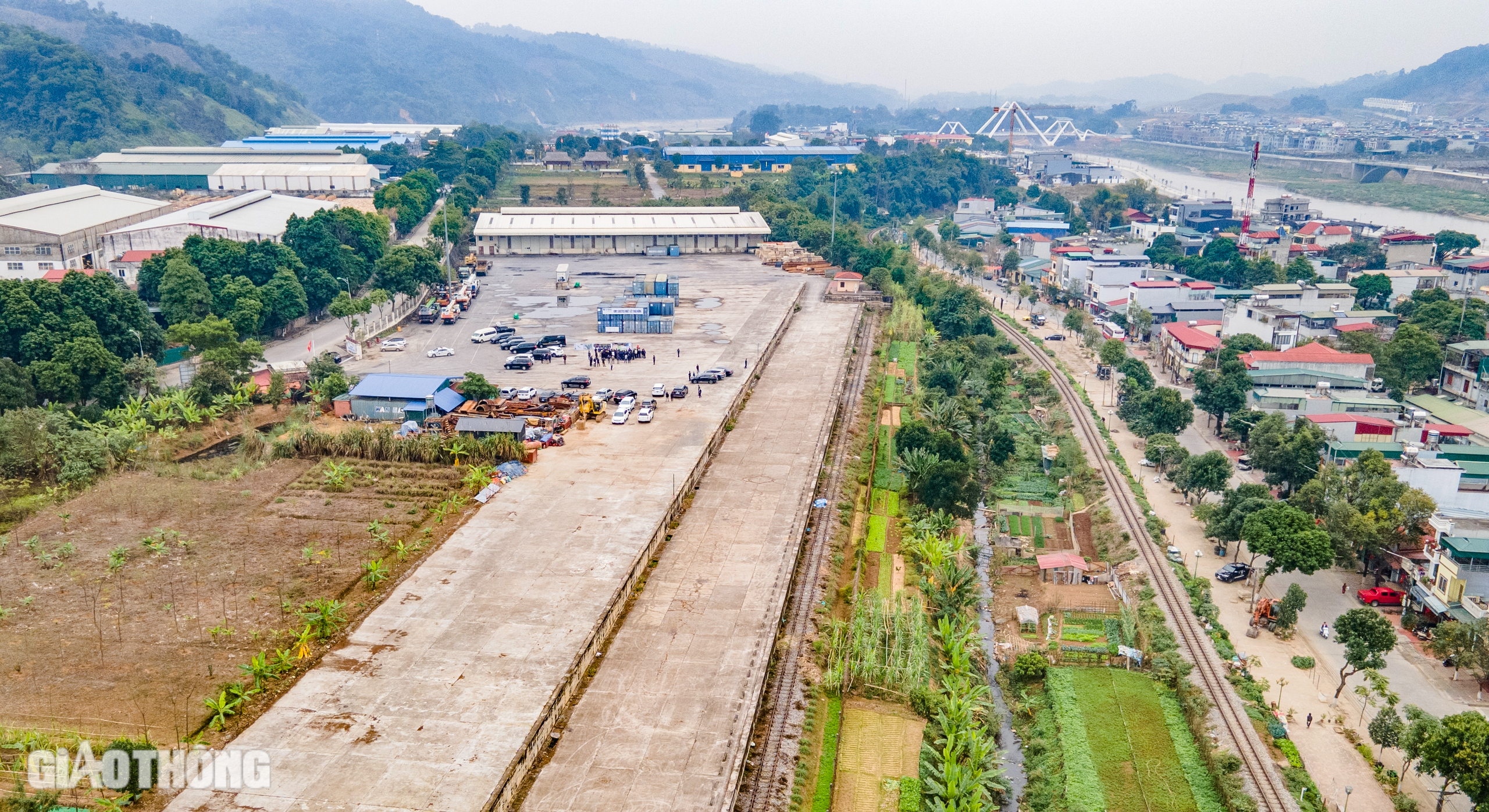
Map of the connection direction of the existing 1,000mm gauge Lao Cai railway and station (Photo: Ta Hai).
On Lao Cai's side, the province is ready to soon implement the site clearance work, with the need to relocate and resettle about 550 households, capital demand of about 7,000 billion. However, to ensure progress, Lao Cai recommends that there should be special policies, such as central capital but the province advances in advance to be flexible, pay early to the people; along with regulations on procedures and order of land handover; on planning for the province to develop TOD in the vicinity of the station...
According to the Pre-Feasibility Study Report of the Lao Cai - Hanoi - Hai Phong Railway Construction Investment Project, the Project starts at the rail connection point across the border between the new Lao Cai station and Ha Khau Bac station (China), in Lao Cai city; the end point is at Lach Huyen wharf area, in Hai Phong city. The total investment length is about 403.1km, including: the main line is 388.1km long and 2 branch lines are 15km long.
Project implementation locations in 9 provinces and cities: Lao Cai, Yen Bai, Phu Tho, Vinh Phuc, Hanoi, Bac Ninh, Hung Yen, Hai Duong, Hai Phong.
Investment scale: Construction of a new electrified railway, single track, 1,435mm gauge, for the general transport of passengers and goods. The design speed of passenger trains is less than 200km/h, the design speed is reduced for difficult sections; the section through the Hanoi hub area, the design speed is 120km/h; the connecting sections, branch lines, the design speed is 80km/h. The immediate phase is to invest in information systems, signals and means to operate at a speed of 160km/h for passenger trains and 120km/h for freight trains.
Preliminary total investment is about 194,929 billion VND (8.027 billion USD); investment form: Public investment. Capital sources: Using diverse sources of budget capital, sources of increased revenue and expenditure savings, sources of revenue from land fund development, sources of bond issuance, ODA capital, preferential loans with reasonable interest rates.
The implementation progress is expected to start investment in 2026 and basically complete construction in 2030.
Source: https://www.baogiaothong.vn/som-dau-tu-duong-sat-lao-cai-ha-noi-hai-phong-tao-thuan-loi-van-tai-lien-van-quoc-te-192250205162133417.htm





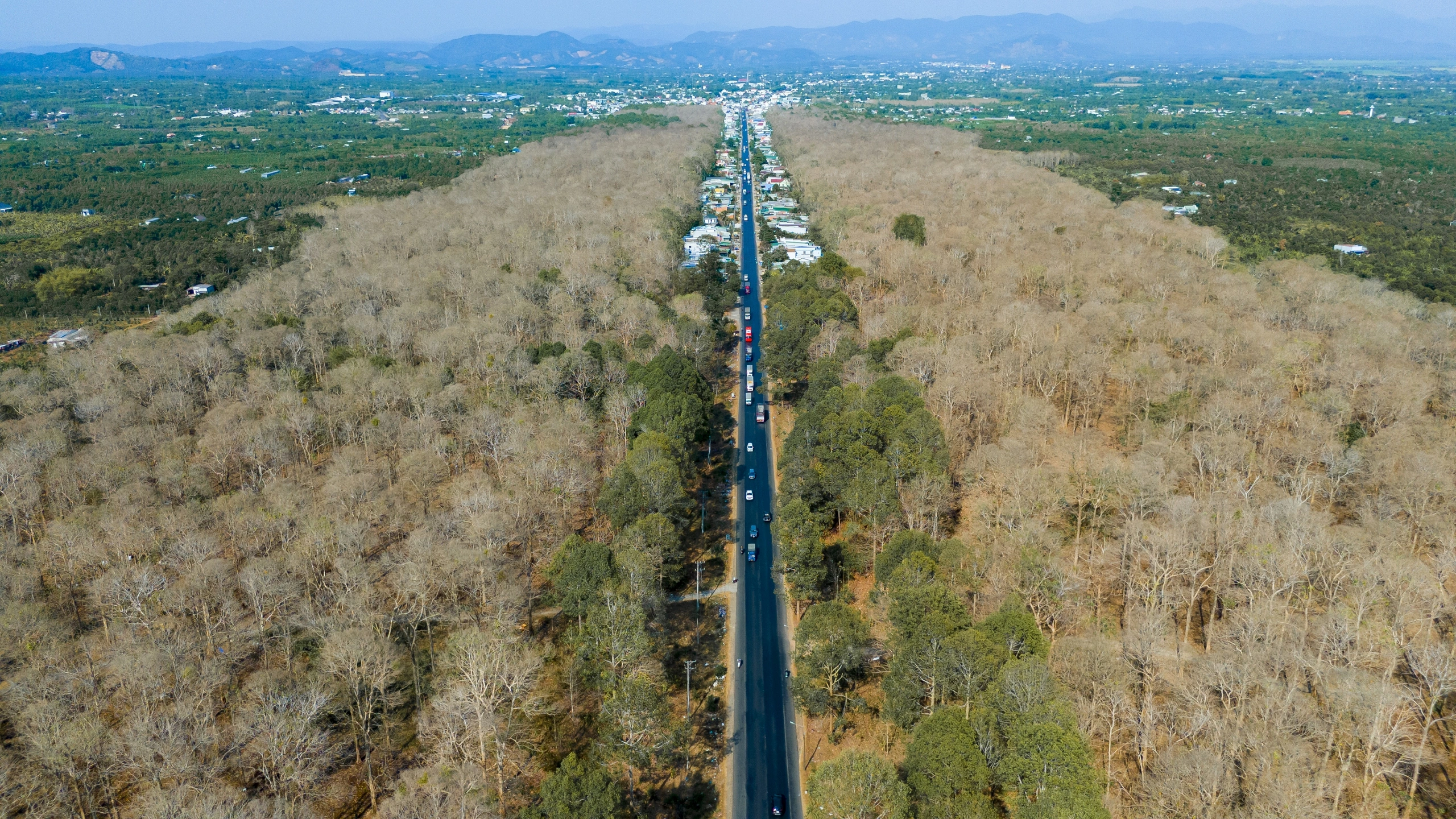


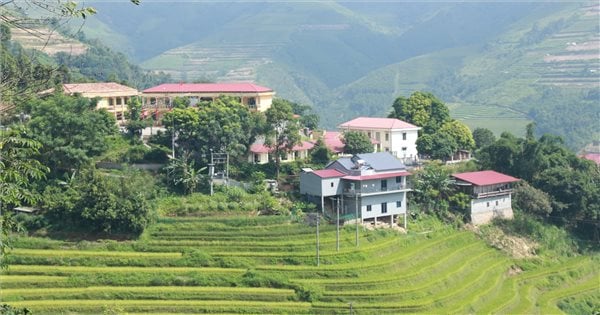

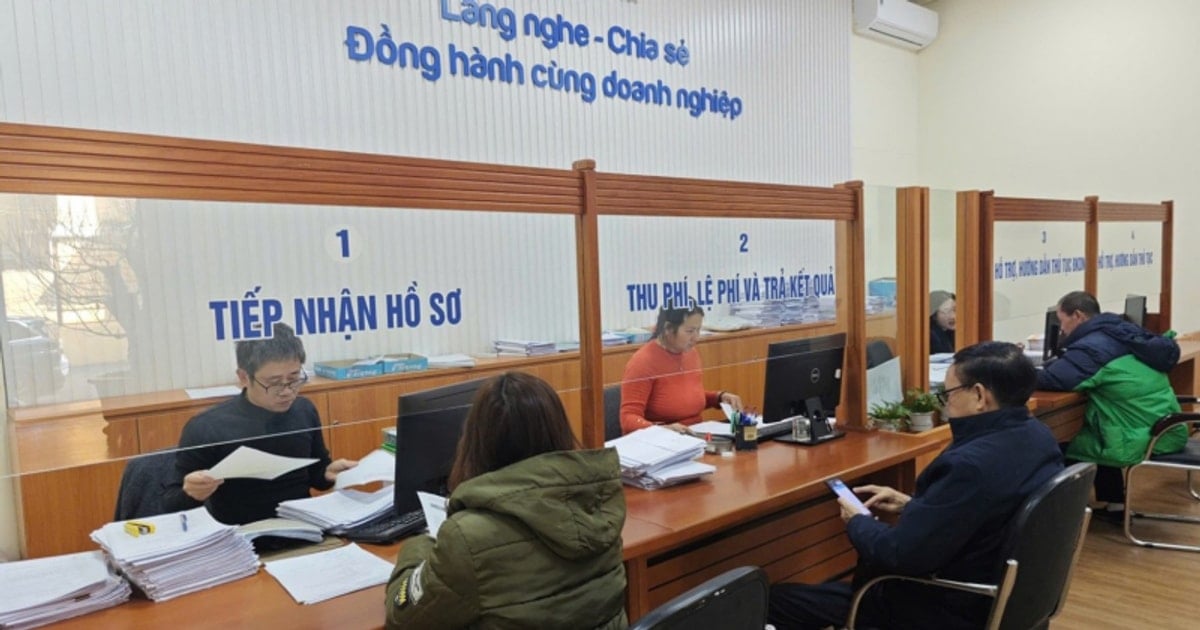

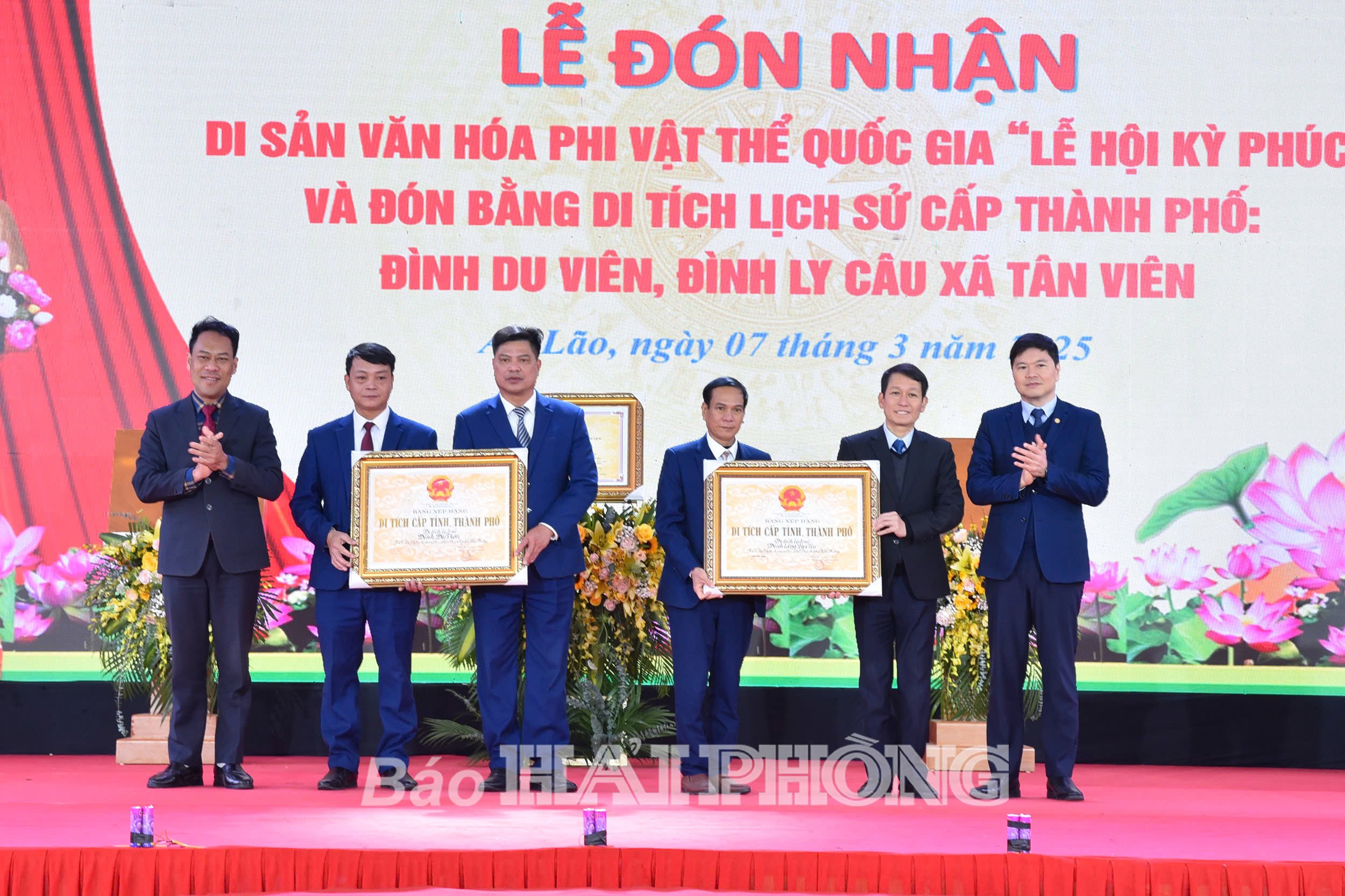

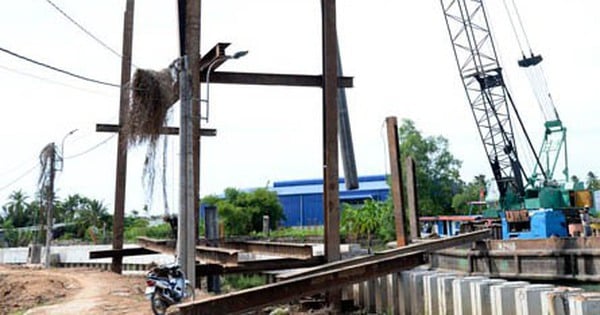




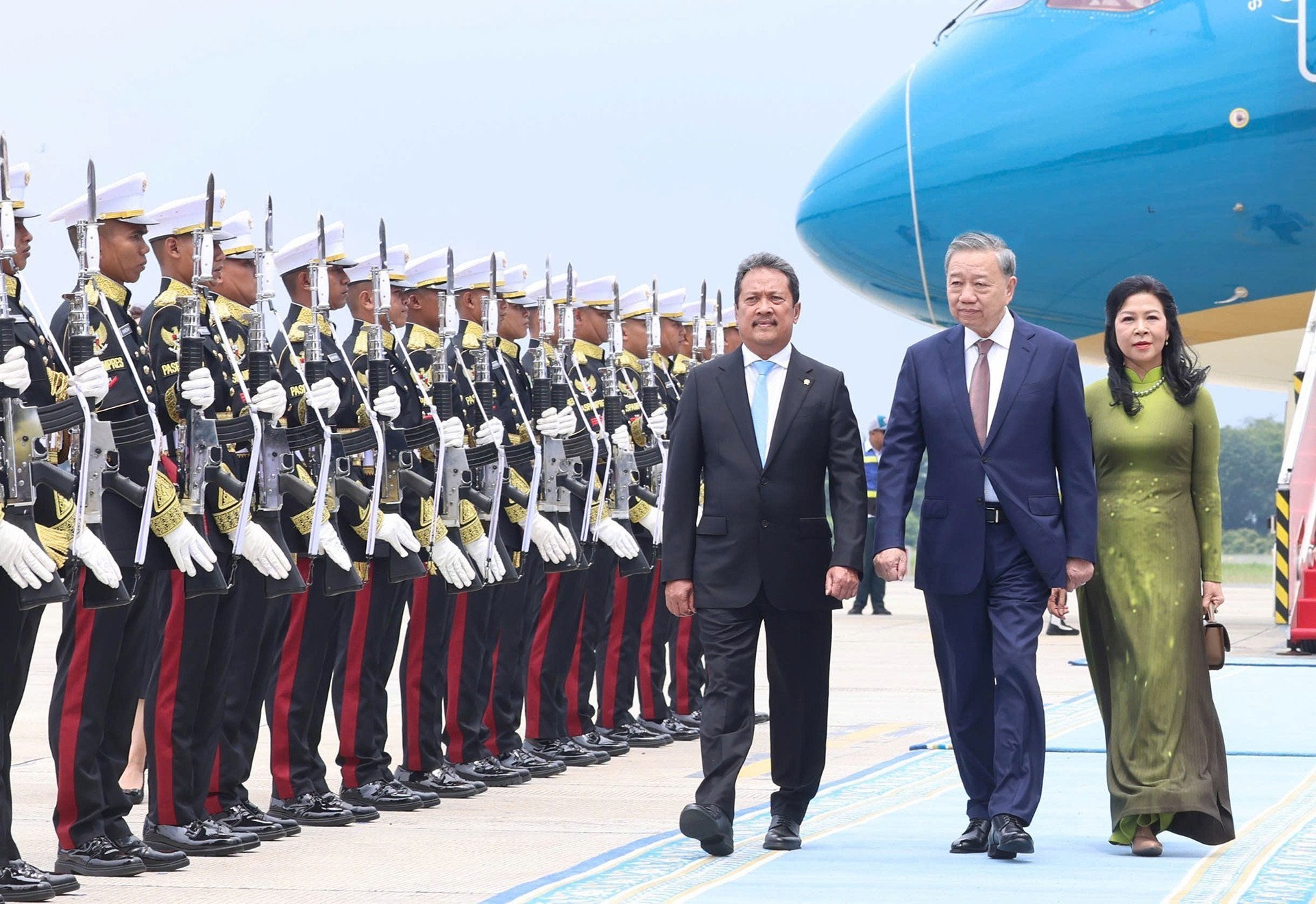
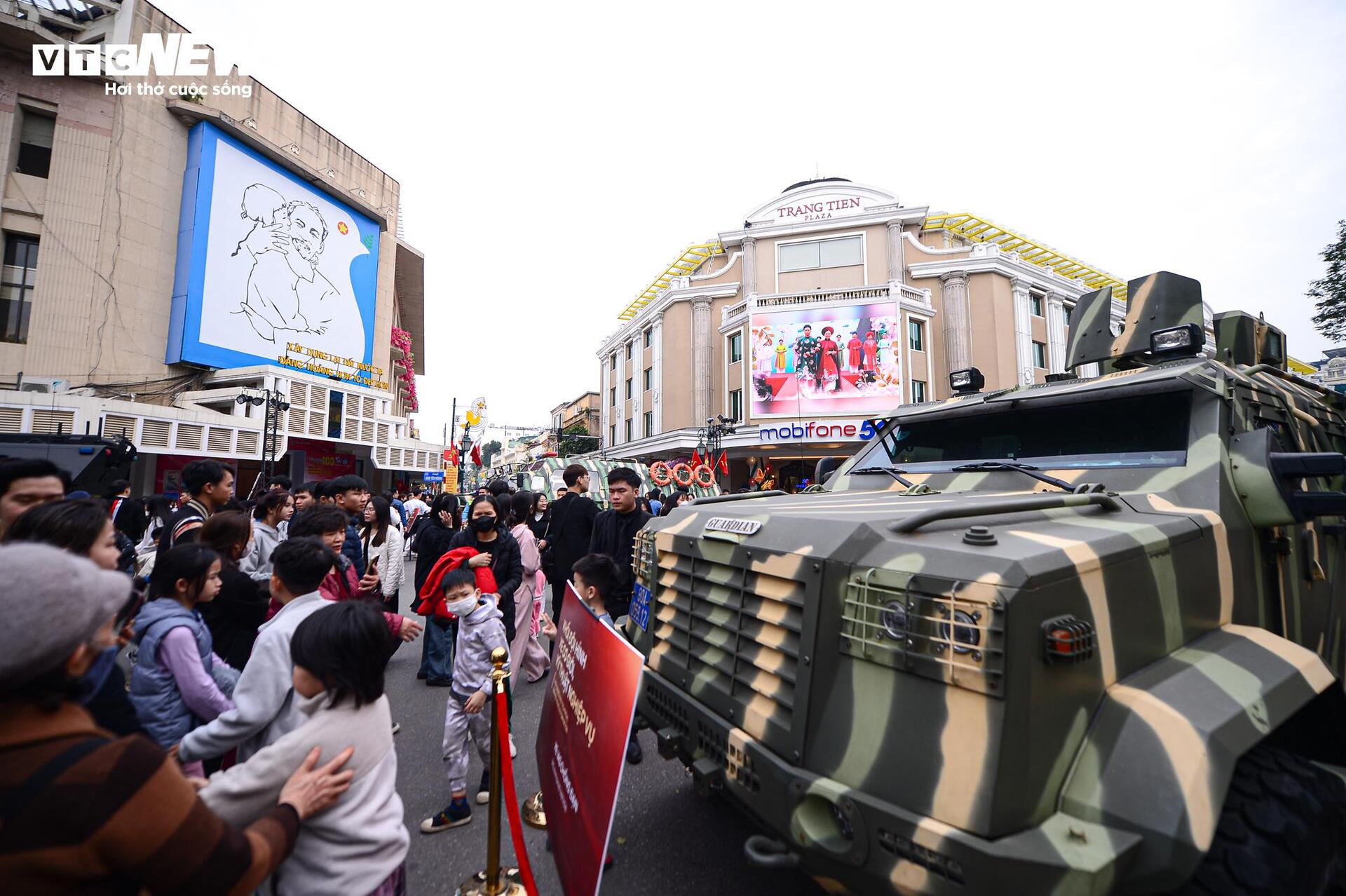

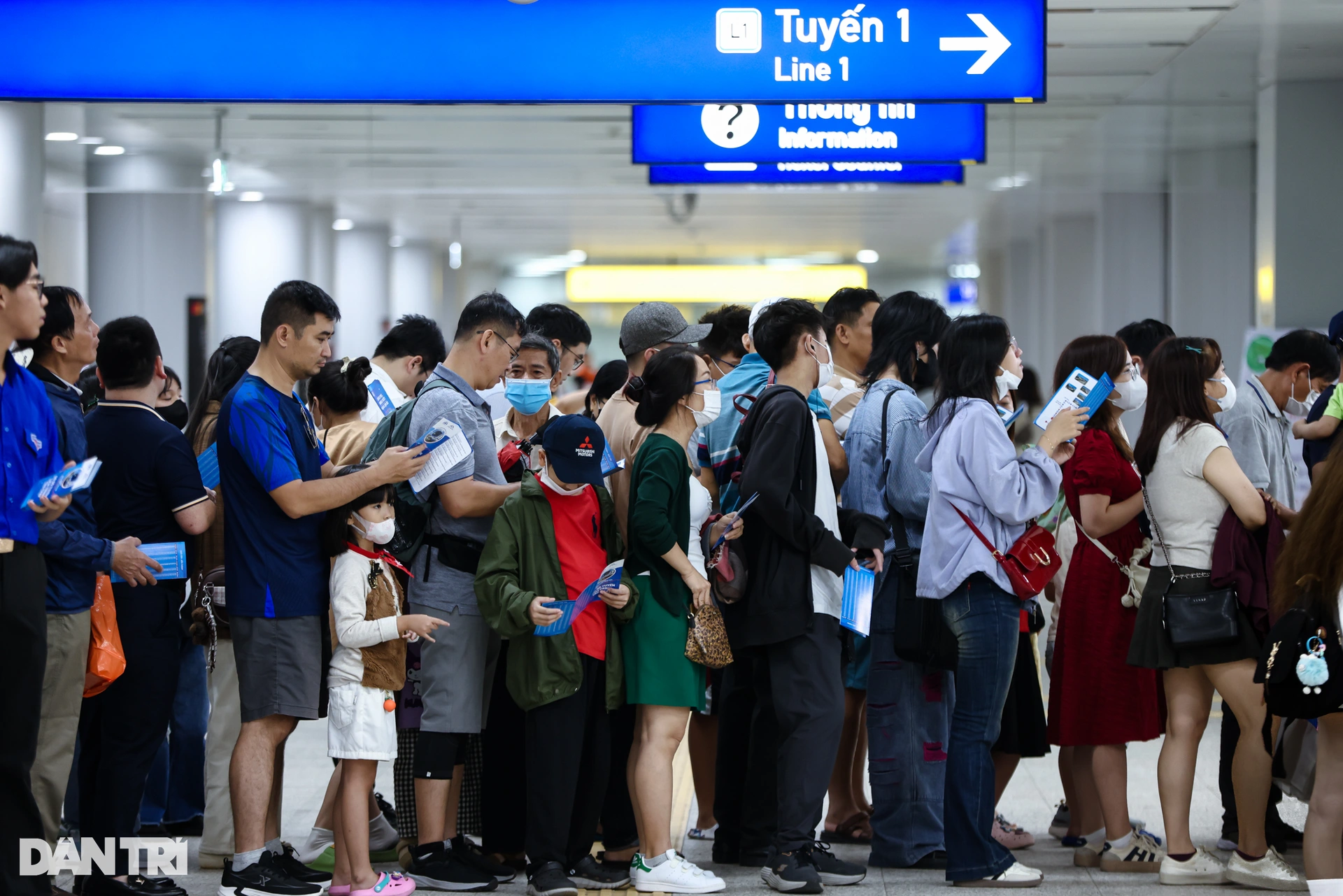
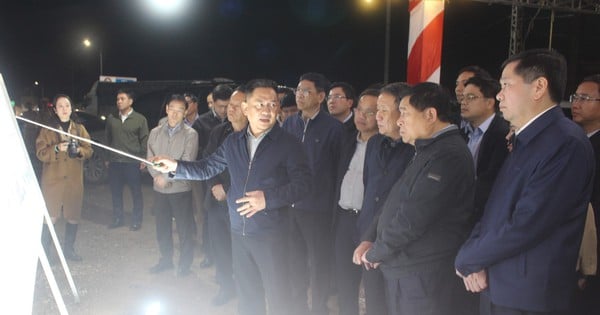
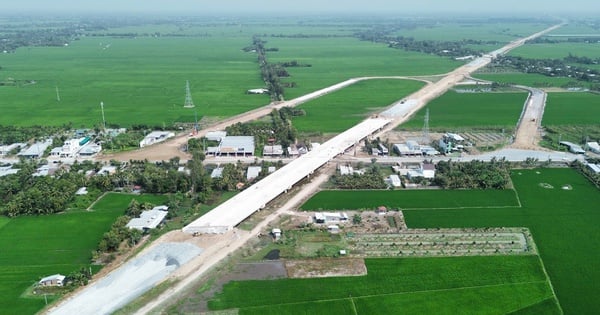
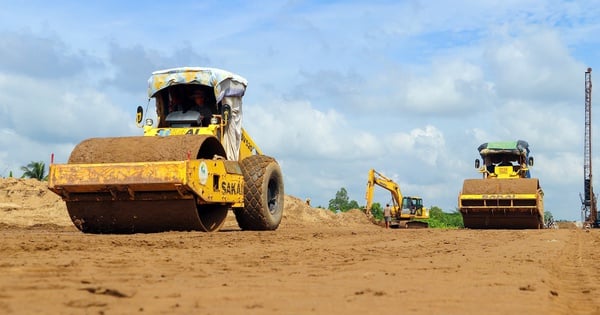
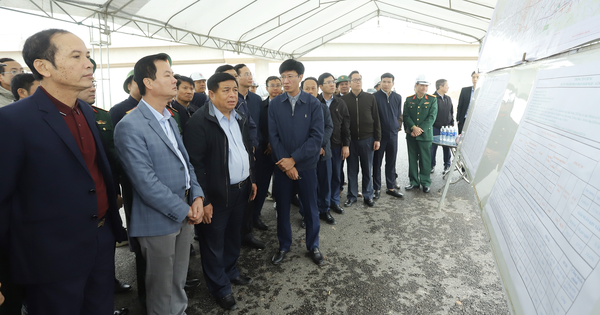
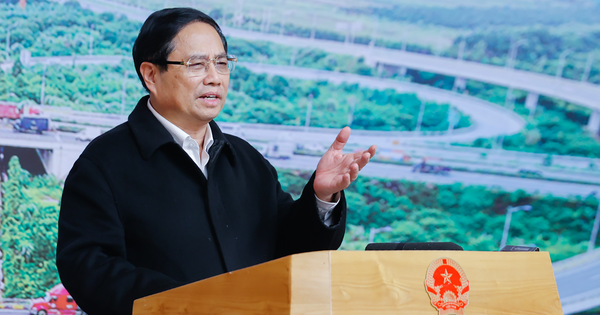
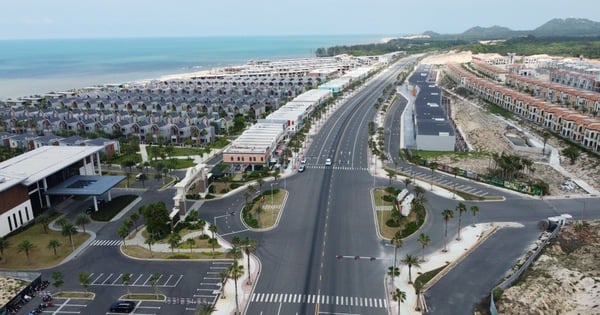



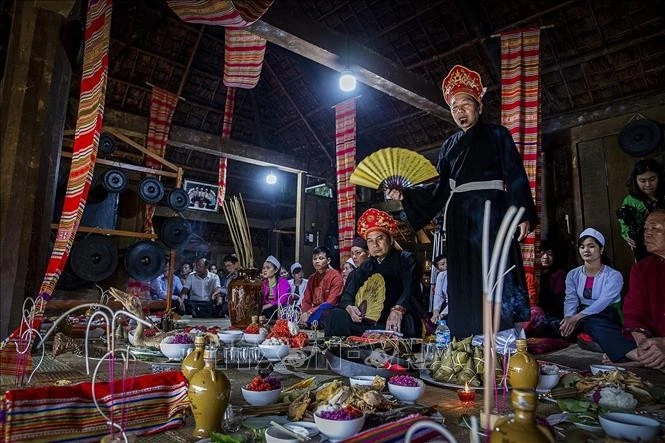








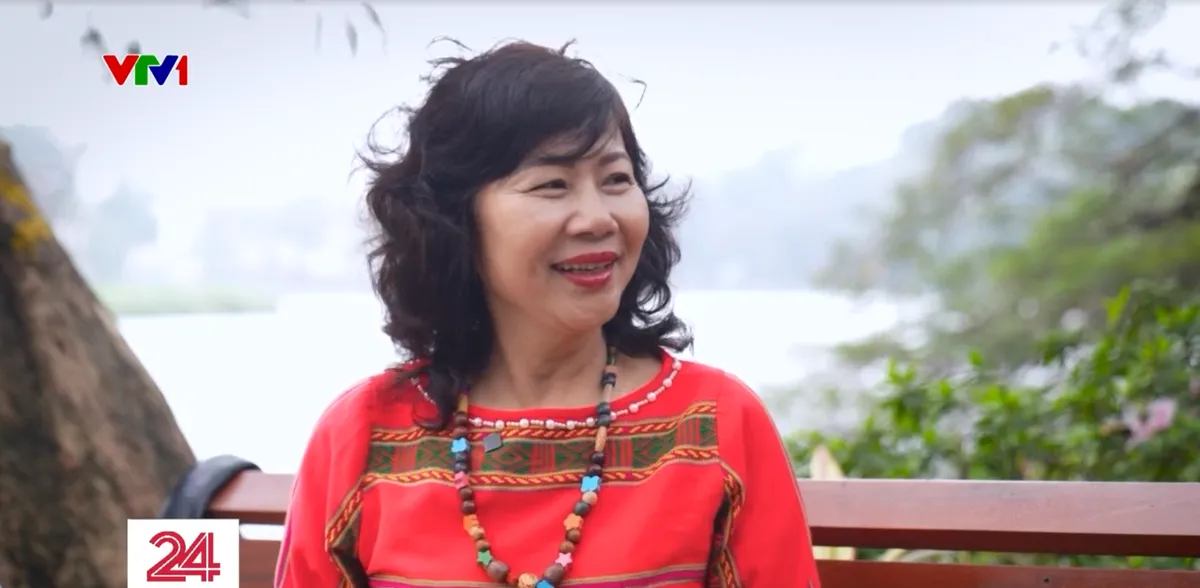


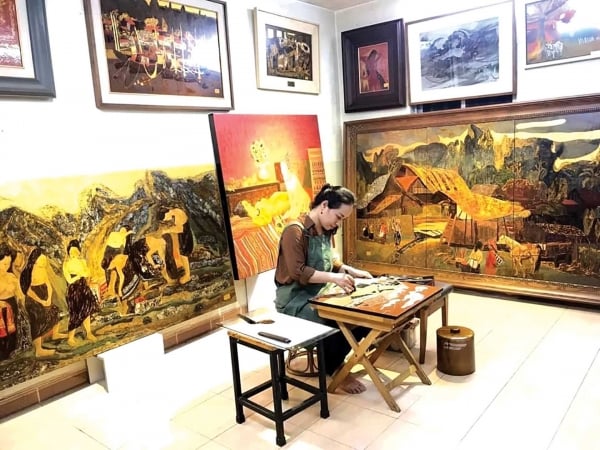



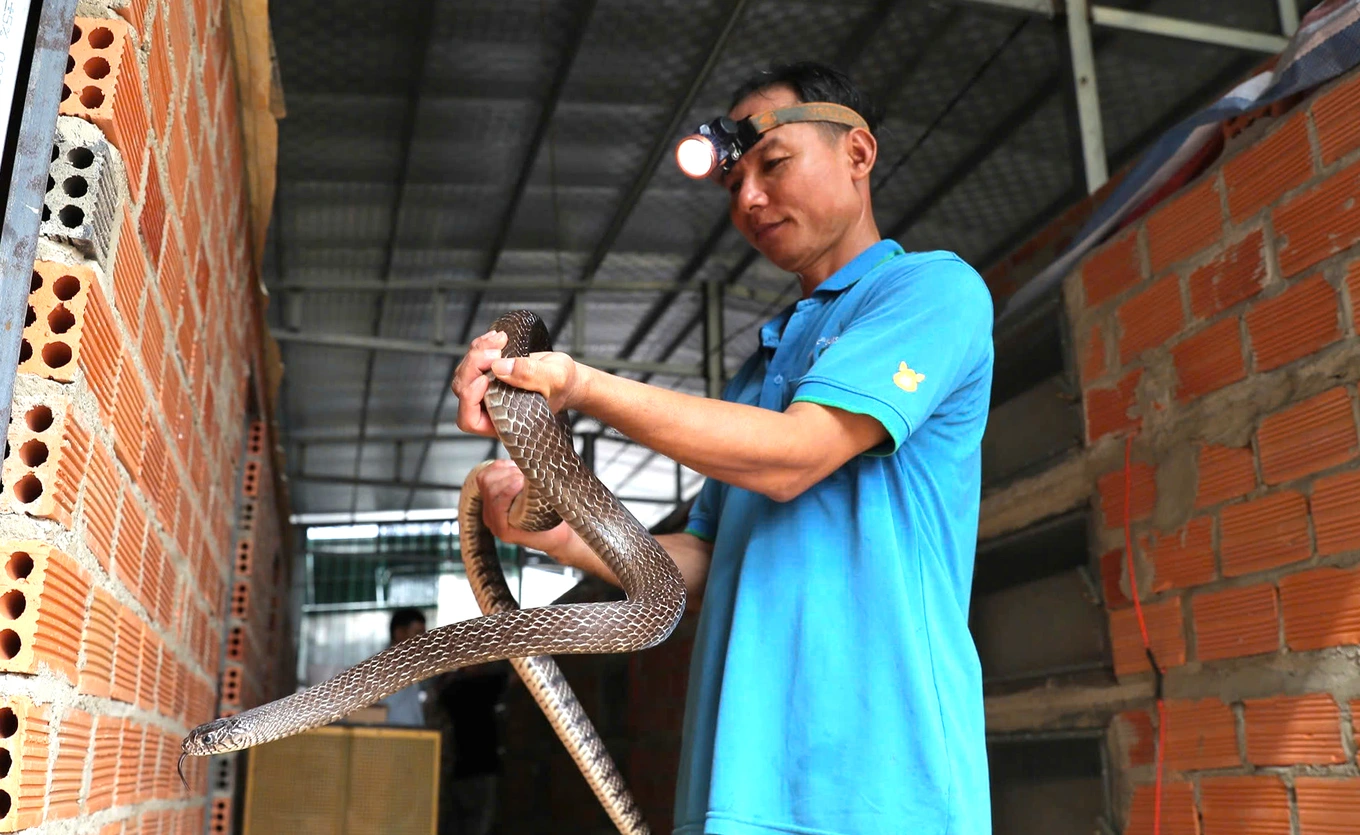

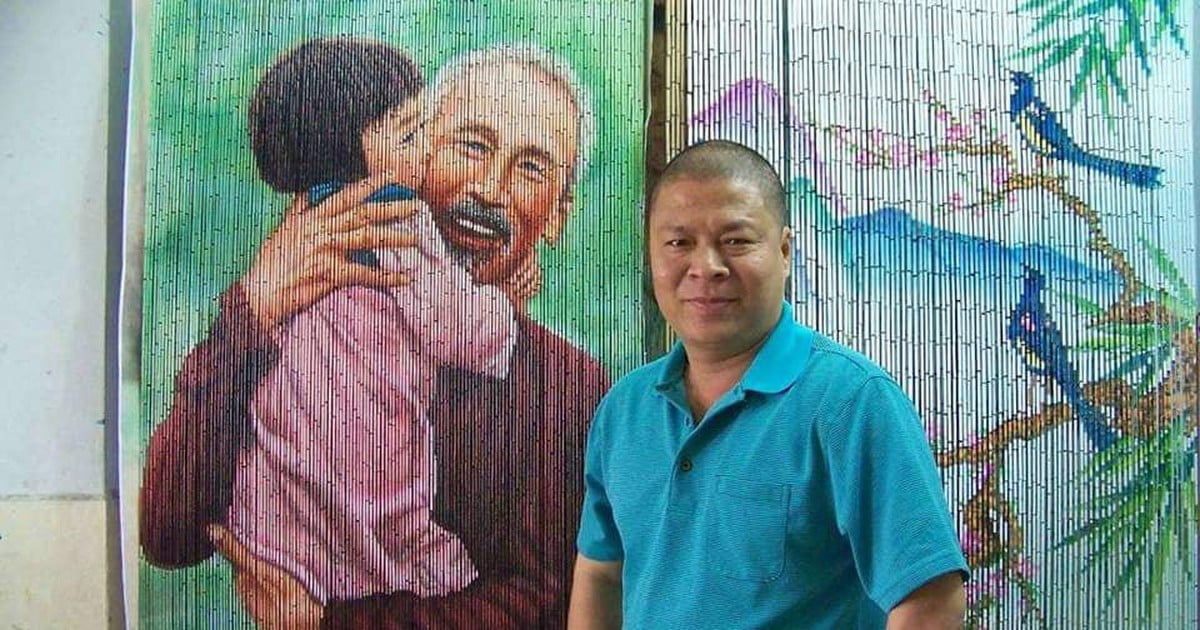











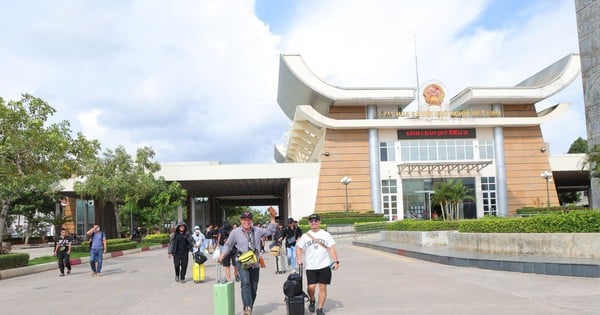

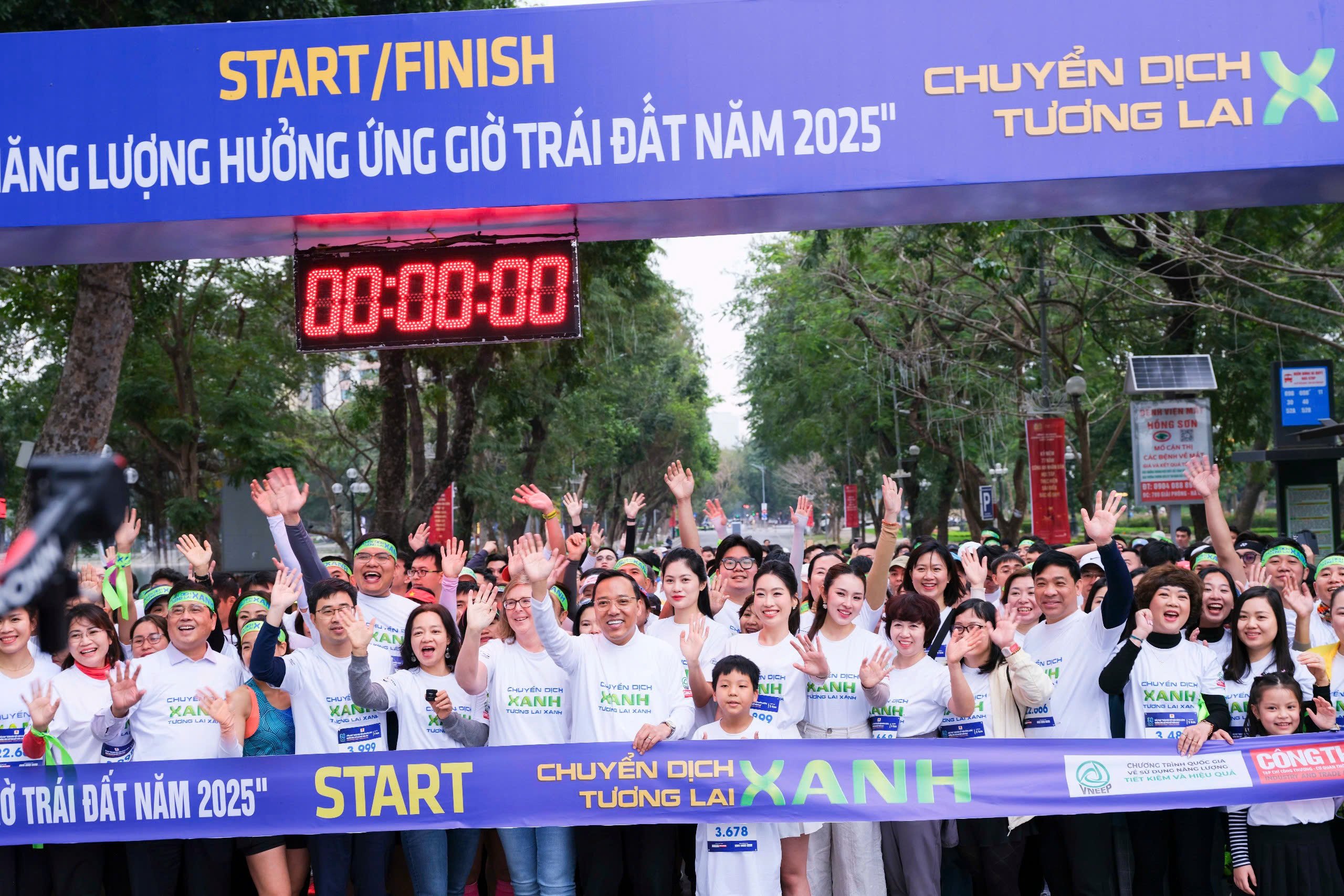



















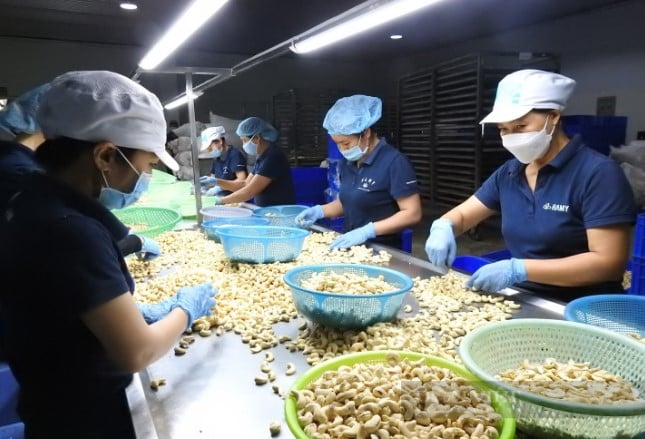
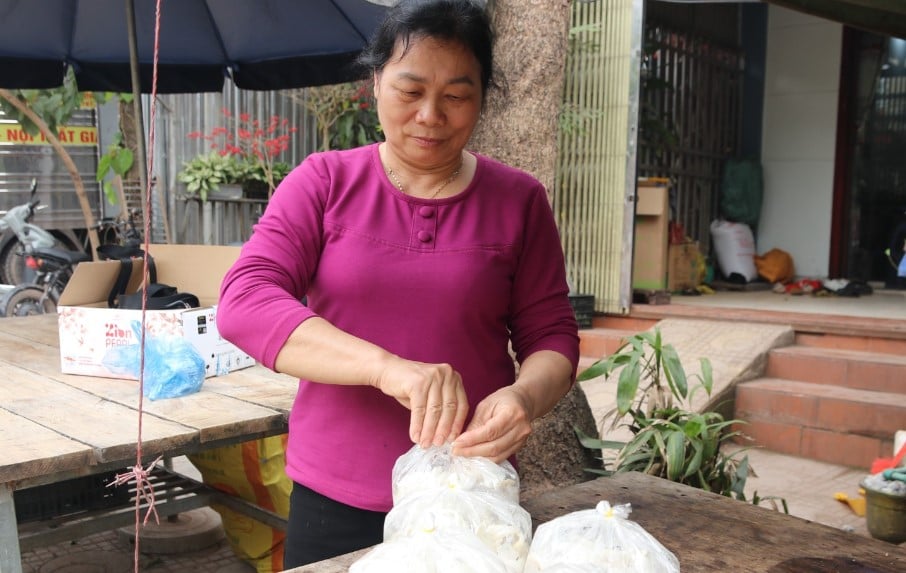

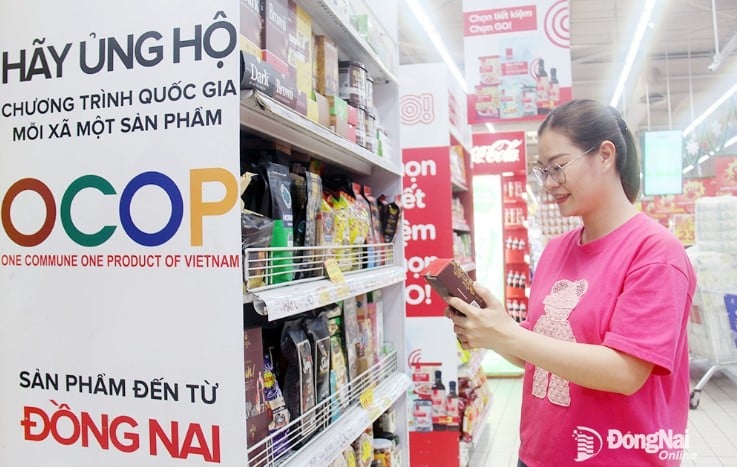
Comment (0)